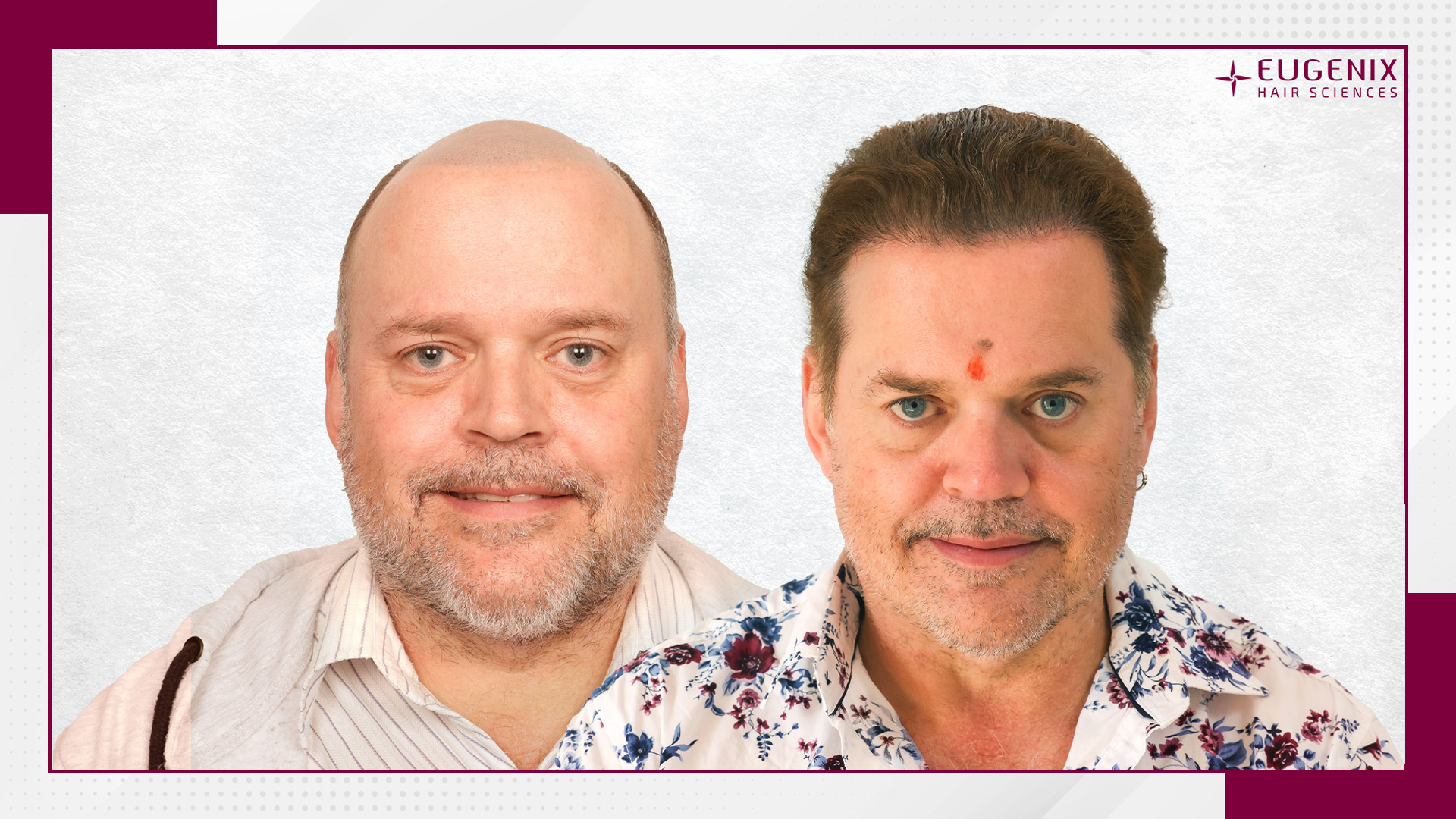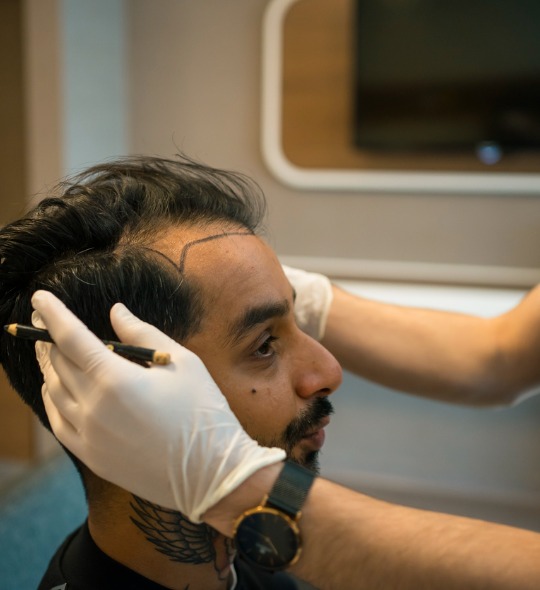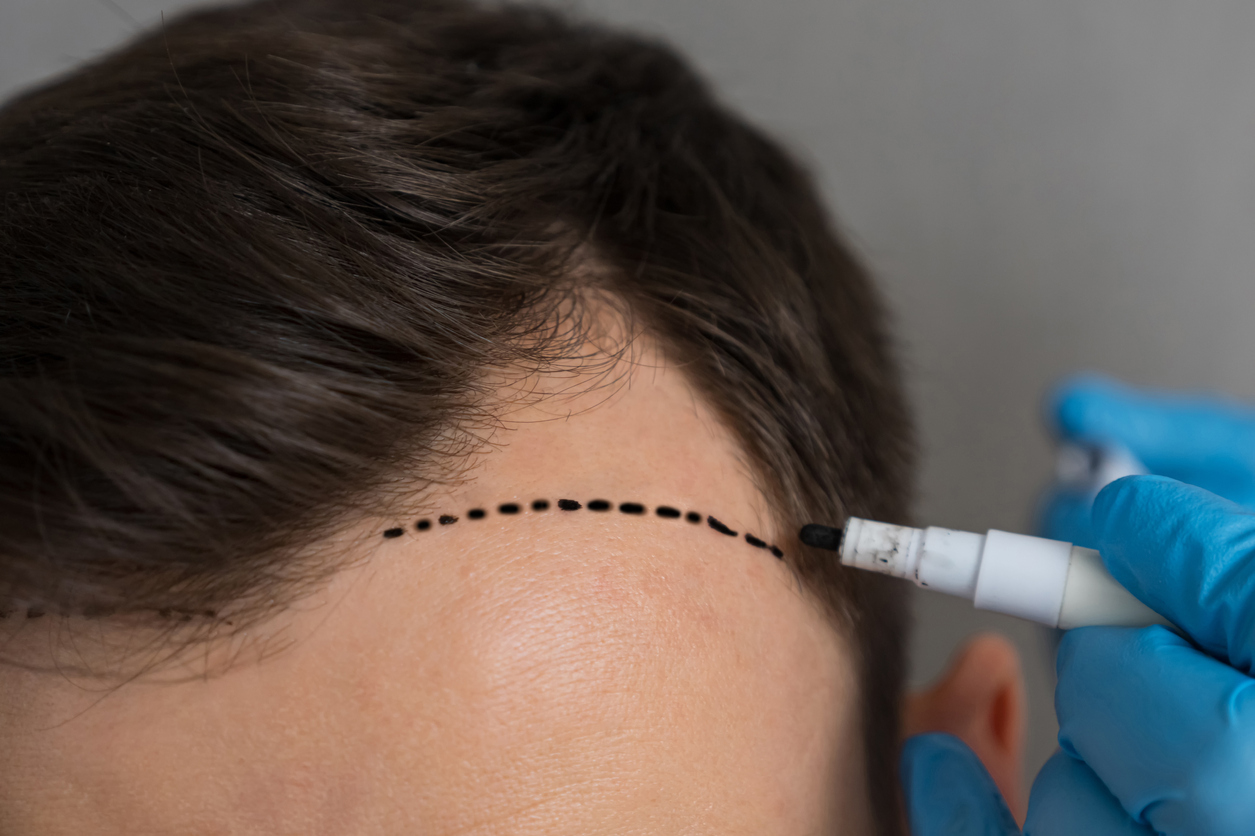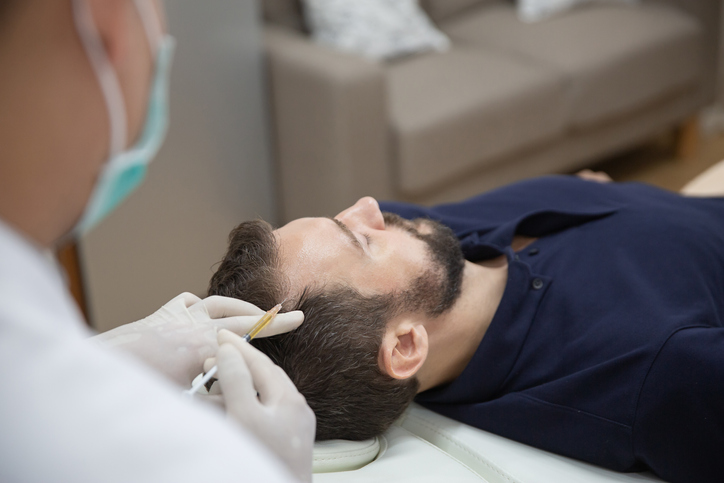The visual impact of a thinning hairline may seem trivial, but its ripple effect on one’s social and professional standing can be quite profound. More concerning still are the potential psychological repercussions. Emerging research suggests that those battling hair loss may be at heightened risk of experiencing severe depression, anxiety disorders, social phobias, and even paranoid conditions. In fact, multiple studies have intimated that individuals with hair loss often grapple with elevated stress and anxiety levels.
Hence, it’s not a stretch to infer that a successful hair transplant, resulting in a restored natural hairline, might indeed pave the way for smoother sailing in both one’s professional and social endeavours.
The procedure of male hair transplantation primarily involves relocating hair from the donor region, usually the back and sides of the head, to the thinning or balding areas. Utmost care is taken to ensure the donor area retains its natural look post-procedure.
However, before one can embark on this restorative journey, a comprehensive assessment by a medical professional is imperative. This involves a thorough evaluation of the degree of hair loss, the health and aptness of the donor region, and the hair quantity and density in the recipient area. The insights received from this analysis are crucial in determining the most effective surgical approach.










